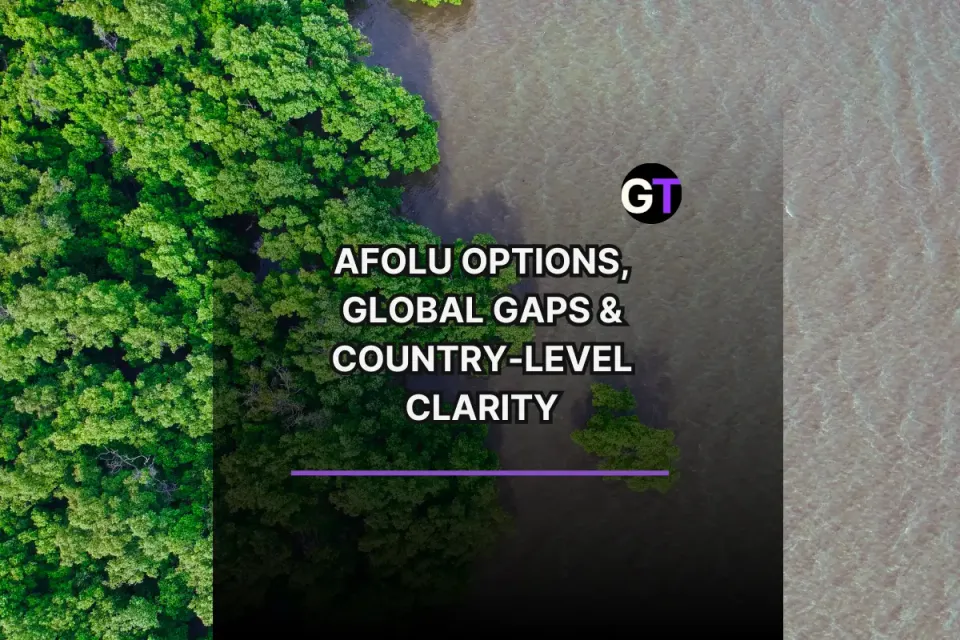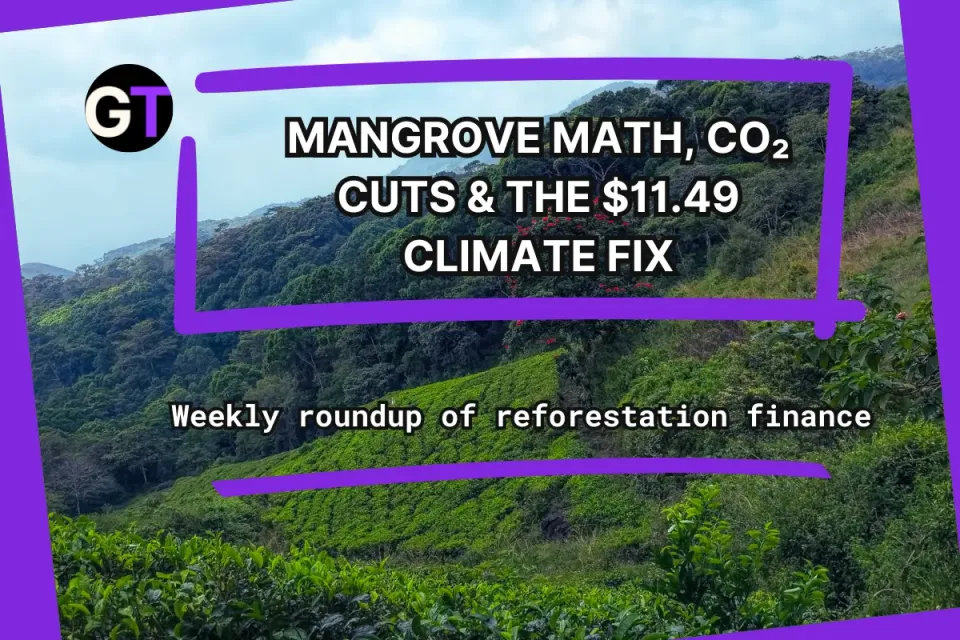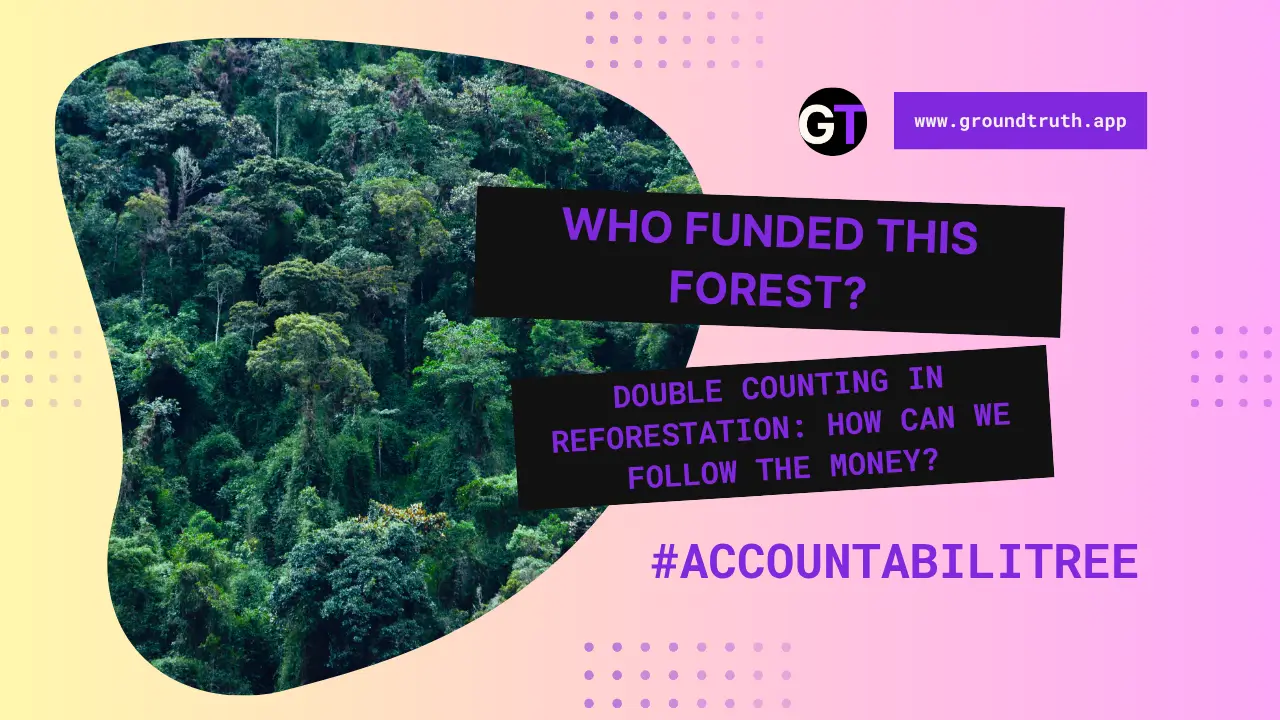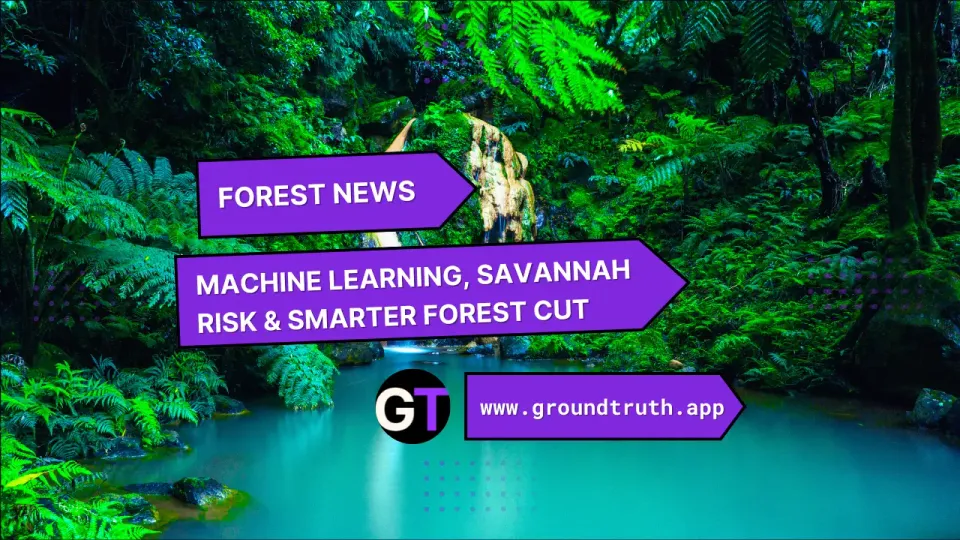This Week In Forest Finance, May 8
From Indonesia’s $160M climate fund to J.P. Morgan’s $1.5B timberland play, forest finance heats up—but equity, data, and trust gaps persist.
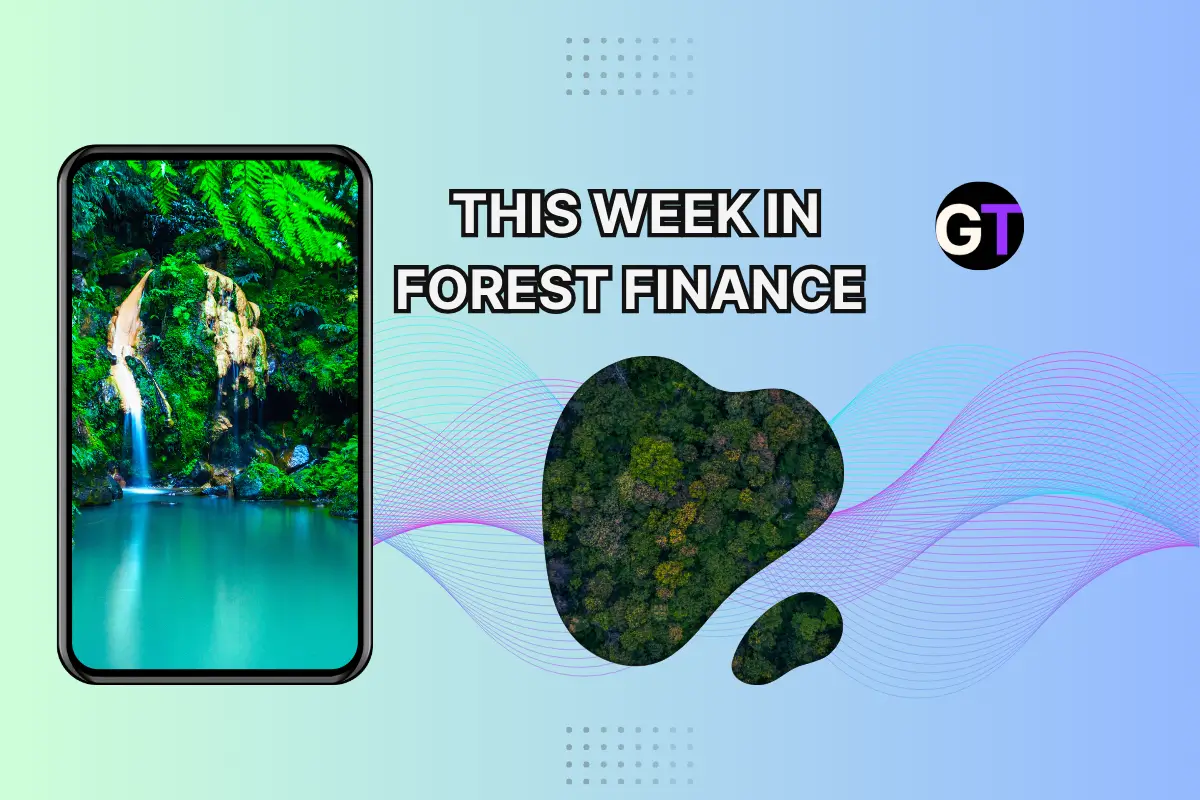
Indonesia’s DINFRA Fund: Financing Nature for the Long Haul
Indonesia just launched the CRF “DINFRA” fund to channel public and private capital into reforestation, mangrove restoration, and wetland conservation—filling a major climate finance gap. Backed by UNEP and UNCDF, the fund aims to cut 128M tons of CO₂ by 2030 and generate USD 160M in returns through carbon credits and eco-tourism. With Indigenous communities at the heart of the plan, DINFRA is more than a fund—it’s a bet on nature, livelihoods, and scalable climate solutions.
💬 Can Indonesia’s DINFRA blueprint become the gold standard for climate finance in the Global South?
👉👉 Read more in UN-REDD
J.P. Morgan’s Timberland Power Play: $1.5B for Forests and Climate
J.P. Morgan Asset Management just dropped a cool $1.5 billion into the climate ring with the close of Campbell Global’s Forest & Climate Solutions Fund II. That’s half a billion over their initial $1B target—because apparently, trees are the new black.
The fund, launched in 2022, is J.P. Morgan’s first forestry venture post-acquisition of Campbell Global in 2021. It's not just about hugging trees; it's about managing ~212,000 acres of U.S. timberland for both carbon capture and timber production. Think of it as a green investment with actual greenery.
Sustainable forestry? Check. Carbon sequestration? Double check. Biodiversity enhancement? You bet. It's like a Swiss Army knife for eco-conscious investors.
💬 Is this the future of climate-smart investing, or just another branch on the ESG tree?
👉👉 Read more in PR Newswire
USDA Yanks Funding from Climate-Smart Forestry Project
A $5M USDA grant meant to sustain a University of Minnesota Duluth project helping forests adapt to climate change has been abruptly revoked—leaving researchers unpaid and critical assisted migration work stalled. The decision blindsided the team, who were already awarded the funding to bridge a year-long gap in support. The project, once set to run through 2027, now hangs on a thread—and a prayer for state grants to come through.
💬 Are politics strangling seed science just when we need it most?
👉👉 Read more in The Bark
Microsoft Doubles Down on Forest Carbon with EFM Deal
EFM just landed a double win: a multi-year deal to deliver up to 700,000 carbon removal credits to Microsoft—and a fresh injection of cash from Microsoft’s Climate Innovation Fund into its $300M Fund IV. The credits will flow from climate-smart operations in Washington’s Olympic Rainforest, where EFM is flipping timberland into a carbon and conservation asset. With Meta already on board, the Pacific Northwest is starting to look like Silicon Valley’s favorite forest lab.
💬 Is climate-smart forestry the next big thing in tech-backed carbon removal?
👉👉 Read more in Carbon Herald
Forests to the Rescue? BCG & AFF Say Yes to Carbon Market Revival
Voluntary carbon markets have taken a credibility hit, but forests might be their comeback kid. A new report from Boston Consulting Group and the American Forest Foundation argues that treating forests like real assets—not just carbon-credit vending machines—can help restore trust, boost climate impact, and generate long-term income. Their formula? Invest in high-quality credits, diversify revenue with sustainable timber, and let landowners lead the charge.
💬 Can trees really fix a broken market—or is this just carbon optimism with bark?
👉👉 Read more at BCG
Singapore Gets Serious About Nature-Based Carbon with TNC-EDB Push
The Nature Conservancy is leveling up its Singapore game, thanks to a boost from the Economic Development Board’s Carbon Project Development Grant. The new move includes building a team of science-savvy specialists to spark high-integrity, Article 6-aligned carbon projects across the region. The goal? Make Singapore the Silicon Valley of nature-based carbon—minus the hoodies and stock options.
💬 Can this tiny island become the big boss of Southeast Asia’s carbon market?
👉👉 Read more in Carbon Wire
Wall Street Meets the Rainforest in New HIFOR Conservation Play
Big banks and foundations are putting their money where the canopy is. With Bank of America, CAFI, Good Energies, and UBS Optimus backing the Wildlife Conservation Society’s new High Integrity Forest Investment (HIFOR) Initiative, the goal is to protect tropical forests before they’re on life support. Think of it as preventive care for the planet’s lungs—with dividends in biodiversity, climate stability, and community resilience.
💬 Is this the moment finance finally learns to speak fluent forest?
👉👉 Read more in Environment + Energy Leader
Continuous Cover Forestry: Timber Meets Regeneration
Continuous Cover Forestry (CCF) is gaining traction as a climate-smart alternative to traditional clear-felling, offering institutional investors a compelling mix of long-term returns, biodiversity resilience, and carbon upside. By maintaining permanent forest cover and promoting natural regeneration, CCF enhances ecosystem health while producing high-quality timber that commands premium prices. It’s also proving more resilient to climate shocks like storms and pests—no small perk in a warming world. With European timber demand set to surge by 2050, CCF could be the future-forward forest strategy everyone’s been sleeping on.
💬 Could CCF be the climate-aligned investment play hiding in plain sight?
👉👉 Read more at Investing in Regenerative Agriculture
Private Investment in Forest Restoration Faces Stark Limits in LMICs
New research published in the Journal of Forest Business Research suggests that private capital isn’t the silver bullet for large-scale forest restoration in low- and middle-income countries (LMICs). Out of 115 LMICs studied, only a fraction of restorable forestland had even half of the conditions investors typically look for. Upper-middle-income countries like Brazil, China, and South Africa are the main bright spots, while most Sub-Saharan African nations fall short. The upshot? Over half of the 59 LMICs with Bonn Challenge pledges have restoration goals that outstrip their investment-readiness, meaning that public and philanthropic support is still essential.
💬 Can LMICs close the forest funding gap without major policy shifts?
👉👉 Read more at Journal of Forest Business Research

Edited by Chris Harris

This work is licensed under a
Creative Commons Attribution 4.0 International License.


